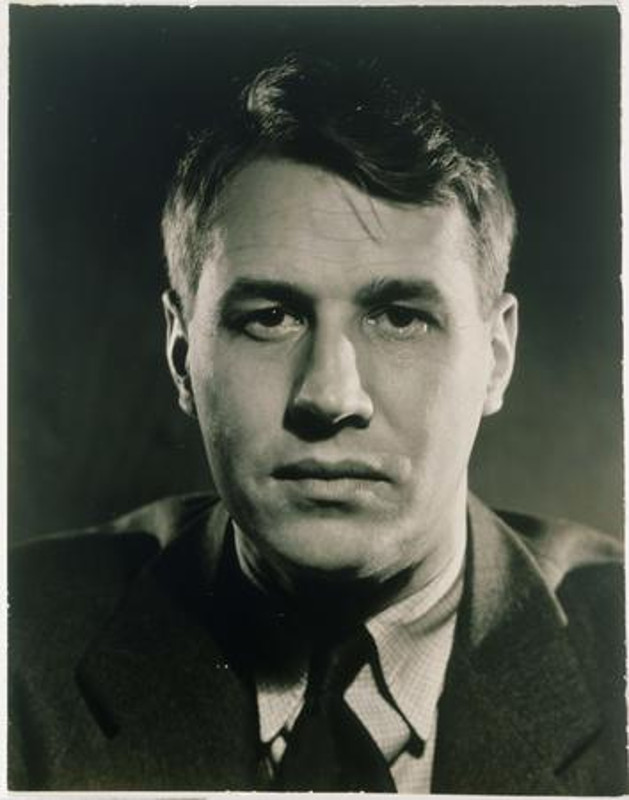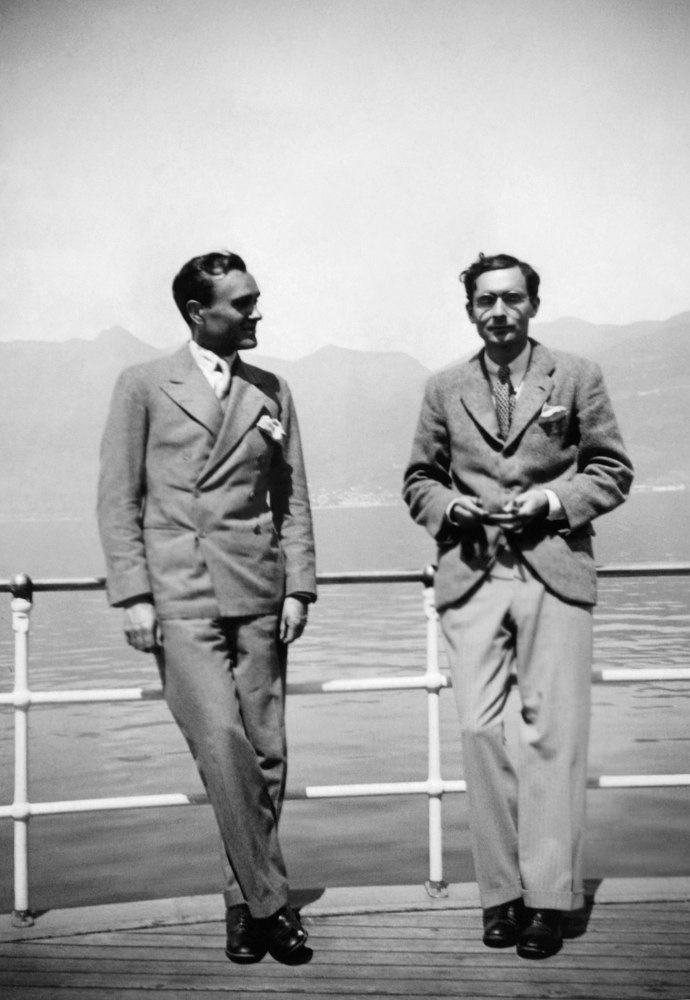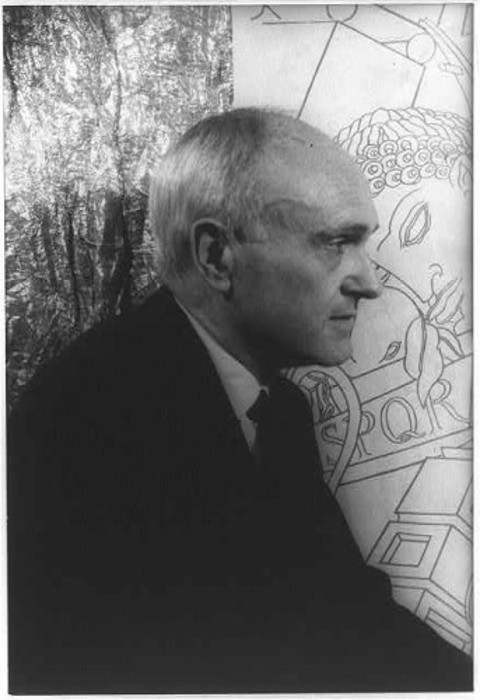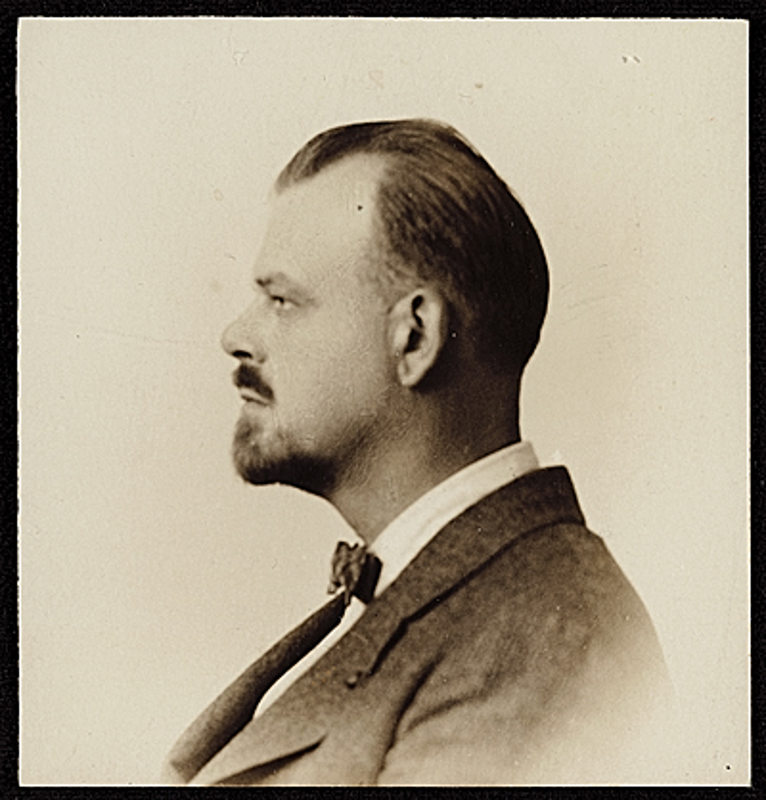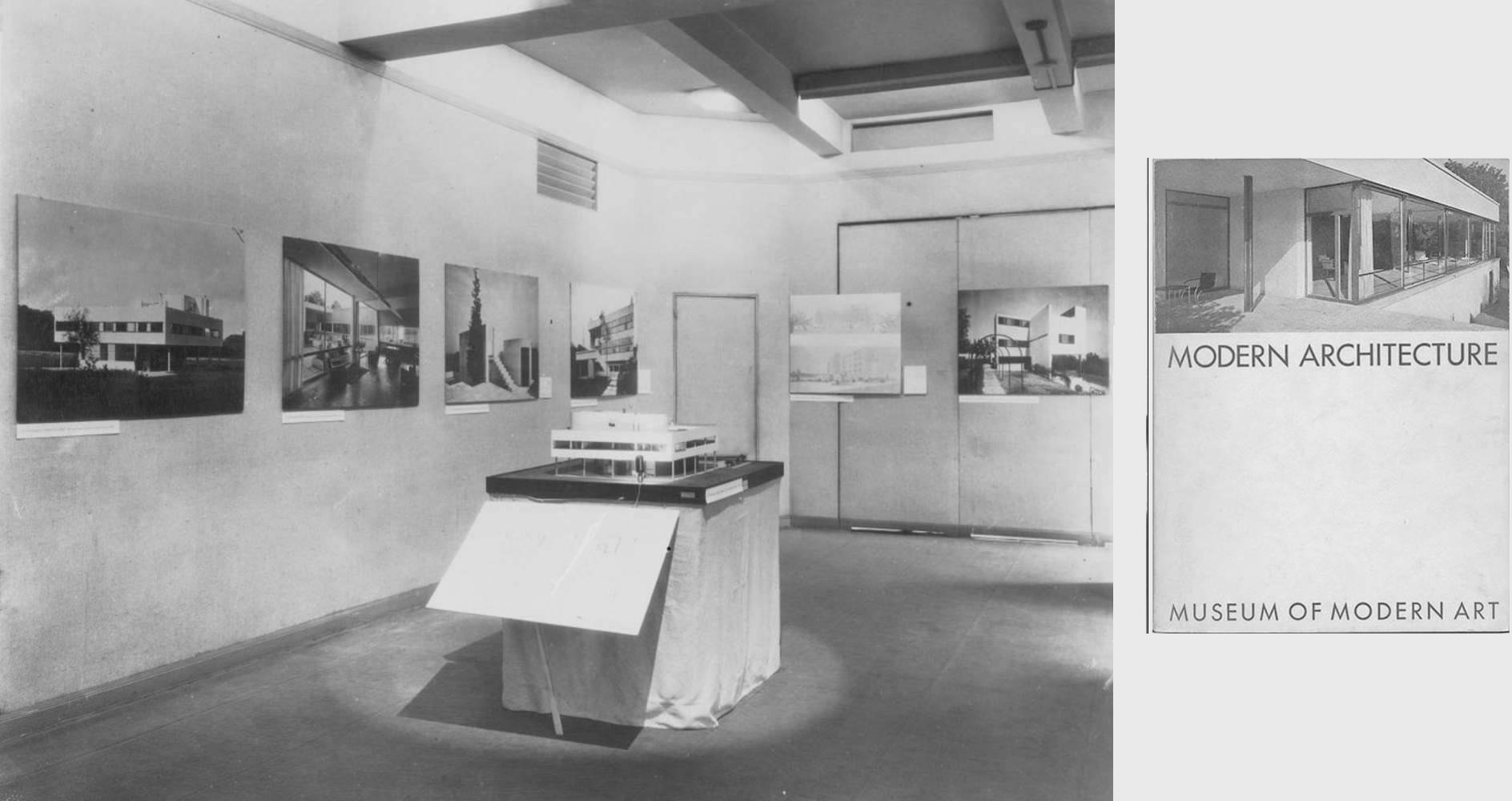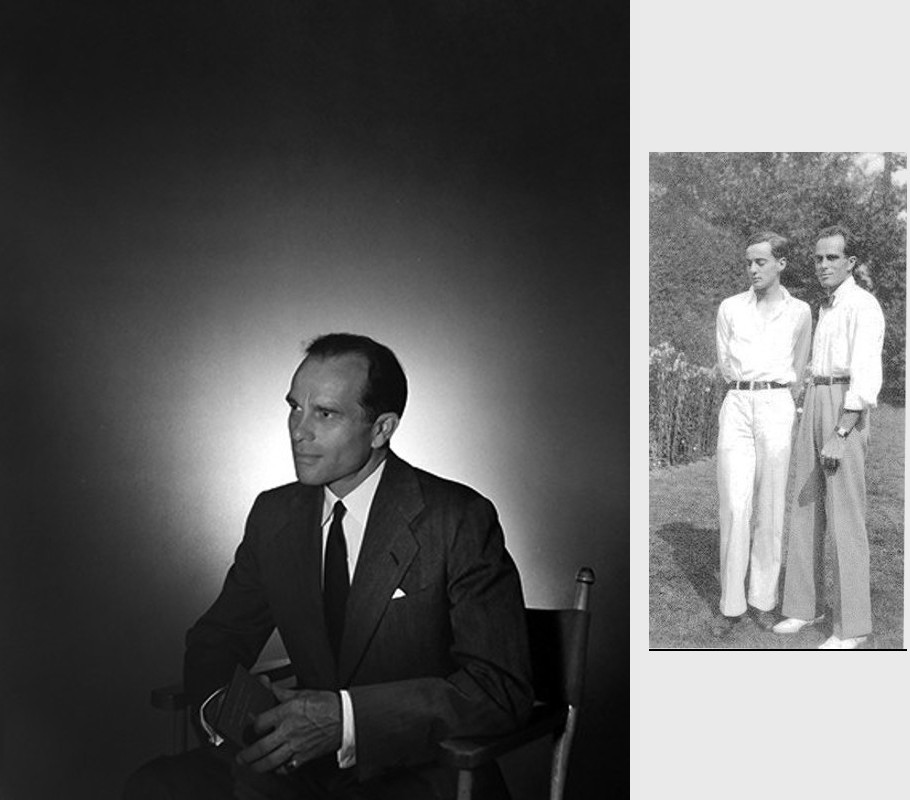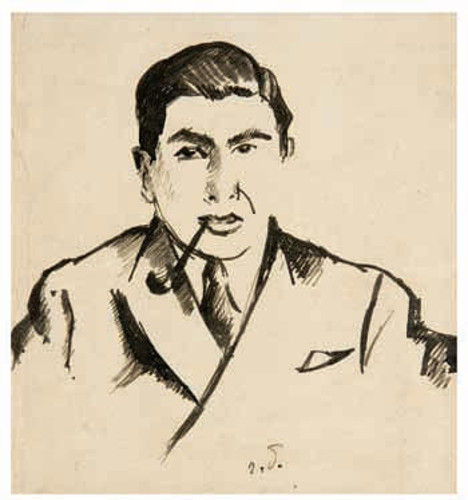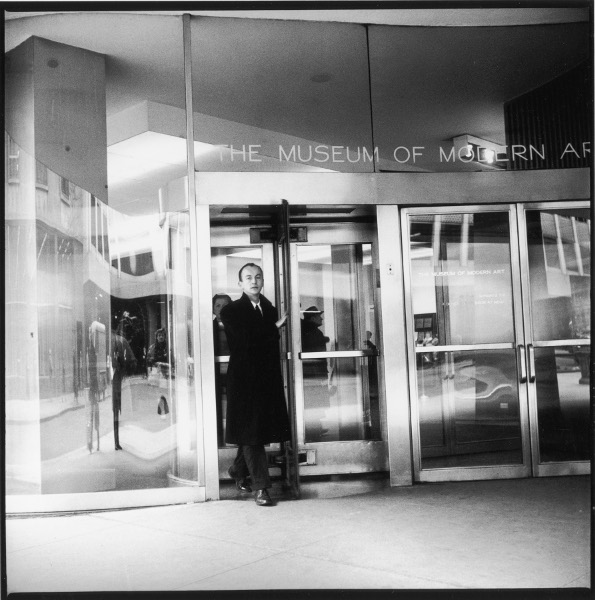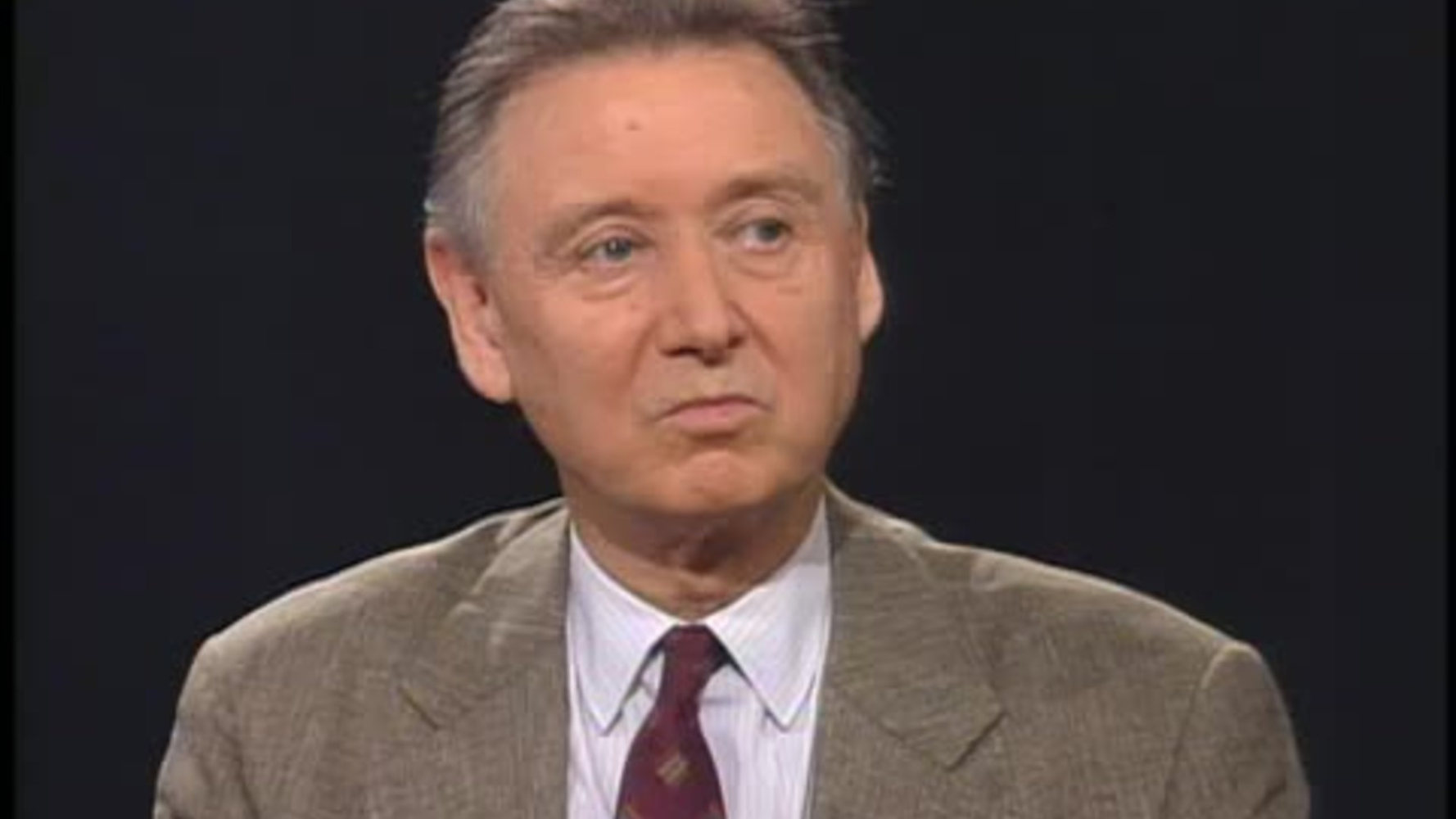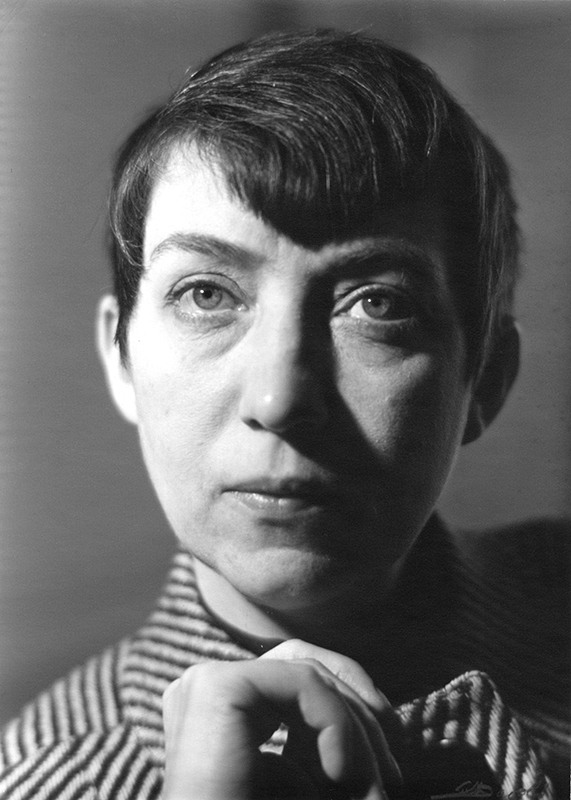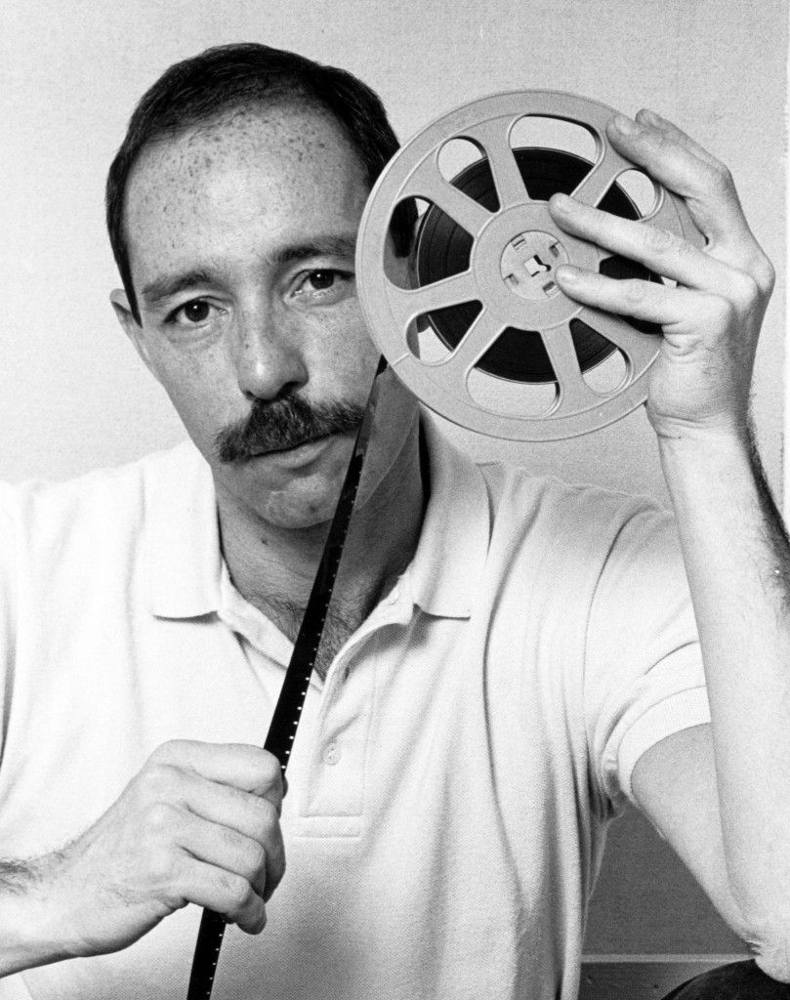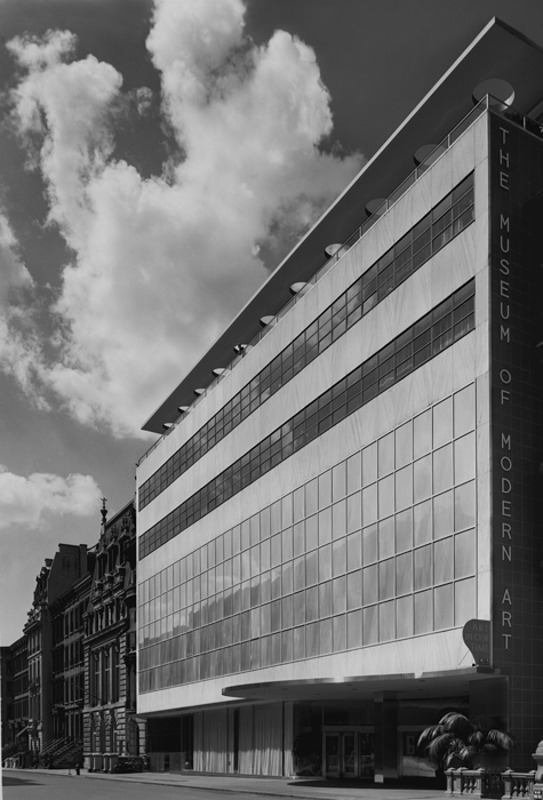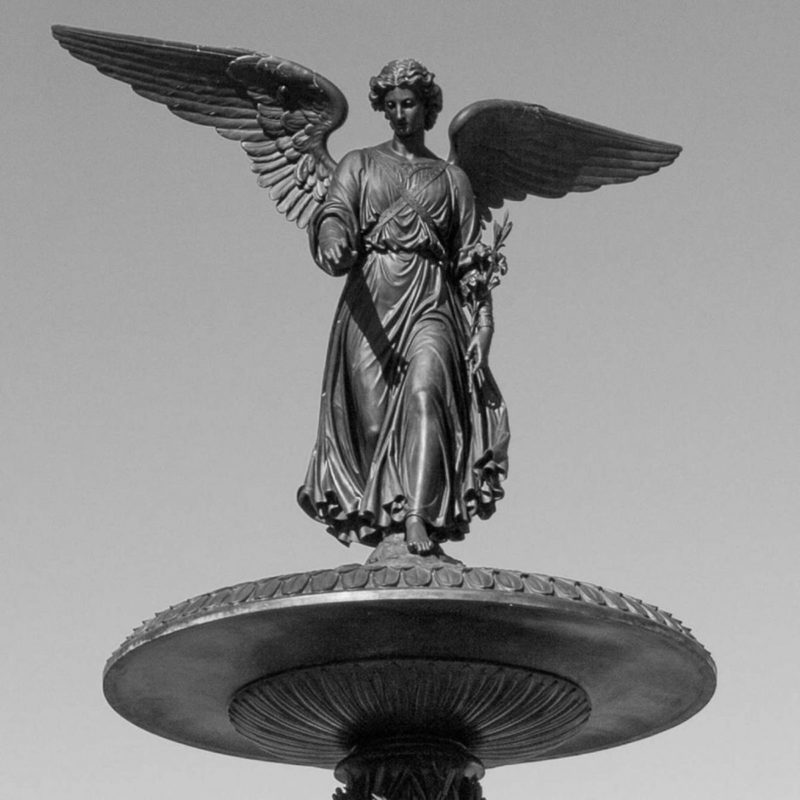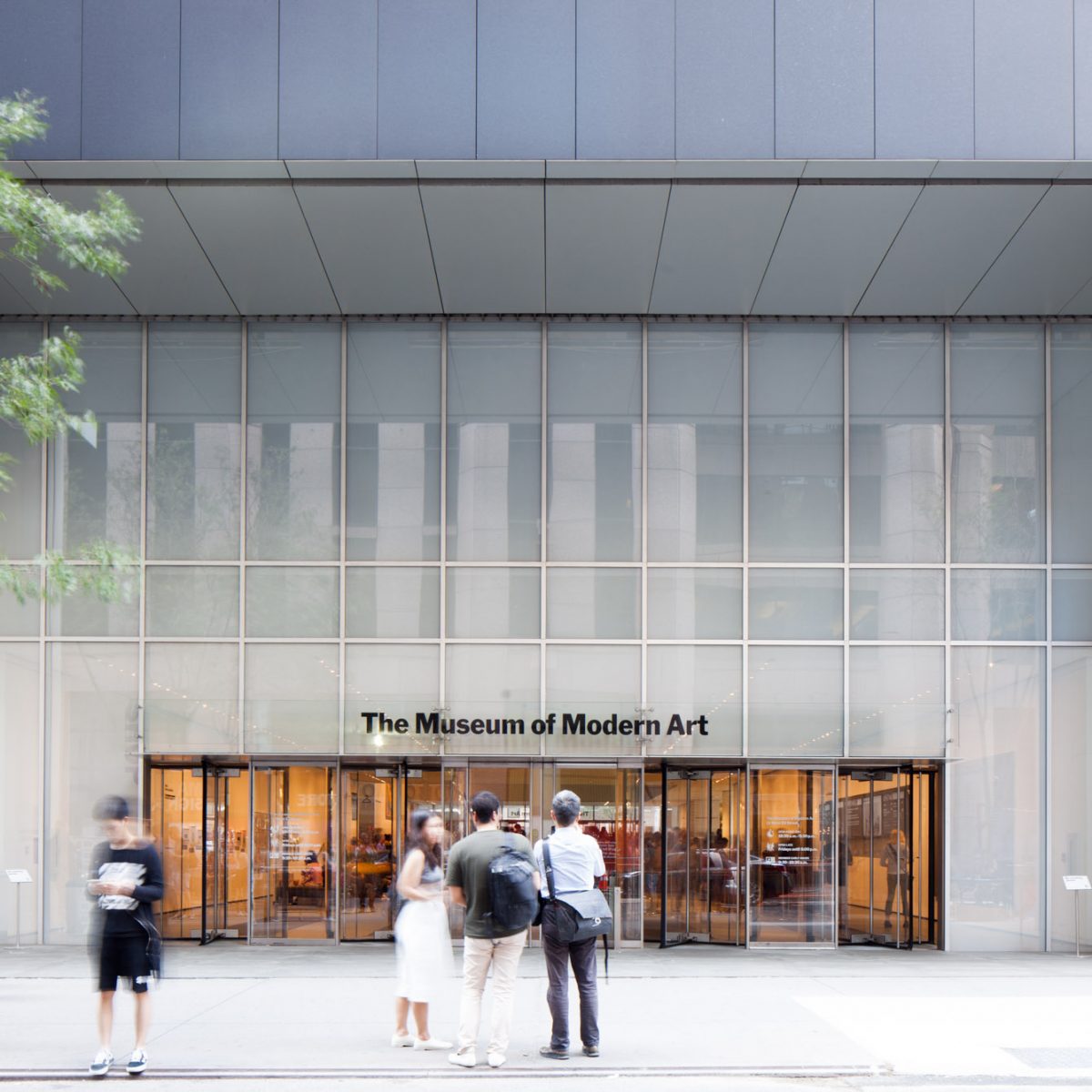
Museum of Modern Art
overview
Since its beginnings in the 1930s, the Museum of Modern Art (MoMA) has employed a significant number of gay men and lesbians, many of whom have worked as highly influential curators of the American art scene.
MoMA also held the first major career retrospective exhibition on the work of noted lesbian photographer Berenice Abbott and the first American exhibition on architect and furniture designer Eileen Gray.
History
The Museum of Modern Art (MoMA) was founded in 1929, and over the next decade moved several times, until it occupied its current midtown Manhattan location in 1939. Over the decades, many of MoMA’s LGBT curators were highly influential on the American art scene. Among the museum’s earliest appointments was Jere Abbott, as associate director. Abbott conducted the daily operations of the museum but soon left perhaps because museum director Alfred H. Barr, Jr. was uncomfortable working with LGBT people.
Barr had previously taught modern art at Wellesley College, where in 1929 he met the wealthy Philip Johnson. It has been speculated that Johnson developed an amorous interest in Barr, as well as in fellow Harvard student Henry-Russell Hitchcock, who had recently written an article on modern architecture. Johnson traveled with Hitchcock to Germany in 1930 to study modern architecture for MoMA. For its 1932 exhibition and catalogue, curated and written by Hitchcock and Johnson, the term “international style” was coined. This exhibition was highly influential in introducing recent trends in modern European and American architecture to the American public. That year, Johnson funded the new Department of Architecture and became its first curator, until 1934. Johnson later became an architect and designed the Grace Rainey Rogers Annex (1951), at 21 West 53rd Street demolished in 1979 for a new west wing); the Abby Aldrich Rockefeller Sculpture Garden (1953); and the east wing, garden wing, and enlarged sculpture garden (1964).
In 1939, impresario Lincoln Kirstein donated a large amount of material that formed the foundation of MoMA’s Dance Archives.
Monroe L. Wheeler joined the MoMA staff in 1935, and in 1941 was named director of the Department of Exhibitions and Publications, a post he kept until 1967, when he resigned to become an adviser to the board of trustees. Wheeler was the partner for nearly 70 years of writer Glenway Wescott, and the couple lived with their friend and sexual partner, photographer George Platt Lynes.
William S. Lieberman joined the staff of the Department of Exhibitions and Publications in 1943. He became an assistant to Alfred Barr in 1945, and was named director of the new Department of Prints in 1949, expanding it to include drawings. In 1967 he was appointed a curator in the Department of Painting and Sculpture, where he achieved one of the great collecting coups for MoMA in 1968: the acquisition of the remains of Gertrude Stein‘s art collection. After MoMA’s curatorial departments were reorganized in 1971, he became the founding director of the Department of Drawings.
Arthur Drexler was for 35 years the highly influential curator (1951-56) and then director (1956-85) of the Department of Architecture and Design at MoMA. “His medium of communication – exhibitions – has been encyclopedic,” stated the citation of his Award of Merit given by the New York Chapter of the American Institute of Architects in 1982.
Art critic, poet, and playwright Frank O’Hara worked at MoMA on and off for 15 years – first selling postcards, then as a member of the staff. From 1955 until 1966 he organized circulating exhibitions for MoMA and in 1960 was appointed Assistant Curator in the Department of Painting and Sculpture Exhibitions.
Waldo Rasmussen joined the MoMA staff in 1954. He was appointed the director of the Department of Circulating Exhibitions in 1962, and then director of the International Program in 1969. He organized the first exhibitions of modern American art to be seen overseas. At his retirement in 1994, in an oral interview, he commented on the LGBT legacy at MoMA, “The number of distinguished homosexuals at the Museum…is a very distinguished group, beginning, after all, with Philip Johnson,” but also the culture of homophobia:
The contribution gay men have made to the Museum has been very important, and there was a time in…probably in the late ‘40s, there was an attack on the Museum for the number of gay men and lesbian women on the staff, and that this was coloring the program.
In 1970, MoMA held the first major career retrospective exhibition on the photography of Berenice Abbott.
Vito Russo worked in the Film Circulation Department at MoMA in 1971-73. This is where he broadened his knowledge of film through its vast holdings, and captured still photographs and film clips for his pioneering film lectures on the images of homosexuality in American films that eventually led to the publication of The Celluloid Closet (1981).
In 1980, MoMA featured the first American exhibition on architect and furniture designer Eileen Gray and, in 2015, artist Gilbert Baker gifted a contemporary, mass-produced version of his Rainbow Flag (1978; San Francisco) to the museum.
Entry by Jay Shockley, project director (March 2017).
NOTE: Names above in bold indicate LGBT people.
Building Information
- Architect or Builder: Philip L. Goodwin and Edward Durell Stone
- Year Built: 1939
Sources
“Another Modern Art: Dance and Theater,” Museum of Modern Art, mo.ma/2fAwNaw.
“Architectural Chronology,” Museum of Modern Art, mo.ma/2g51ybU.
“Barr, Alfred H[amilton], Jr.” and “Johnson, Philip [Cortelyou],” Dictionary of Art Historians, bit.ly/2gykf5U.
Douglas C. McGill, “Monroe Wheeler, Board Member of Modern Museum, Is Dead at 89,” The New York Times, August 16, 1988.
Elspeth Brown, “Queer Desire and Cold War Homophobia,” Art Blart, bit.ly/2gtZ1IJ.
Grace Glueck, “William Lieberman, 82, Prominent Curator, Dies,” The New York Times, June 3, 2005.
Joseph Giovannini, “Arthur Drexler, 61, Authority on Architecture,” The New York Times, January 17, 1987.
MoMA Oral History Project, Interviews with Elizabeth Shaw (October 1991), Waldo Rasmussen (November 1994), and William S. Lieberman (April 1993).
Do you have more information about this site?
This project is enriched by your participation! Do you have your own images of this site? Or a story to share? Would you like to suggest a different historic site?
